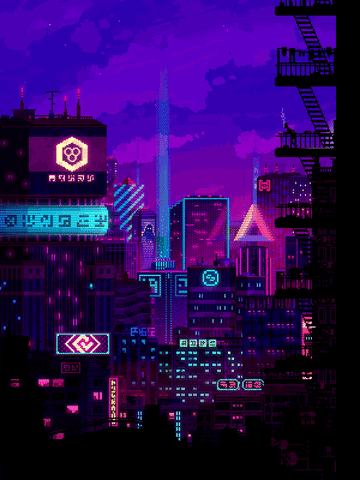
Within a decade we’ll see multi-billion dollar corporations with exactly zero employees. They’ll won’t have a CEO, a board, and some might not even have shareholders. Companies will become ‘protocols’ – organisms which organise the factors of production to serve the people who work in and around them. Welcome to the dawn of the DAO.
If you’re not familiar with DAOs – it’s an acronym that will become commonplace. It stands for Distributed Autonomous Organisation. A DAO is essentially an organisation created by developers which can automate decisions, and uses smart contracts to facilitate ‘all that happens’ in the organisation via cryptocurrency and blockchain capabilities, without the need for management.
They allow for a kind of digital collaborative commons without any central authority – the authority is instead given to ‘the code’. The idea is that a well-designed DAO could eliminate human frailty or manipulation of a corporation for managements’ benefit. The authority to make decisions is instead via automated systems, crowdsourced decision-making, both of which are guided by a constitution developed at the digital genesis of the organisation.
This doesn’t mean that every organisation or corporate structure would necessarily follow this move, or investors would seek out public companies under a DAO structure. However, it will create a big shift in the short to medium term of how many crowd-powered or user centric internet services currently operate.
Last week a report was released by the bipartisan Senate Committee on Australia as a centre for finance and technology. The plan is an ambitious one that laid out 12 key recommendations, one of which included establishing a new Decentralised Autonomous Organisation structure (DAO) to be recognised by the Corporations Act.
Gigs and Big Tech
Often coined as Web 3.0, DAO’s could launch a brave new world that reverts to the original promise of the internet: a technology powered by people and not a handful of giant technology companies.
Let’s take the gig economy and Uber as an example. Uber is actually a very simple technology protocol. It links demand and supply with trips to providers, ratings systems and payment gateways. The only complexity associated with their business is scale – much of which was facilitated by pre-emptive monopoly generating venture investment for rapid growth. As a result, much of the largesse generated by the firm goes to the organisation and its shareholders.
Of their $US12 billion in revenue, 27.5 per cent goes back to Uber – a total of $US3.3 billion. If this company were run as a DAO, most of the $US3.3 billion could remain with the drivers. This entire company could be replaced by a DAO run by and for the drivers themselves. Protocols could be set up to replace the need for a technology landlord like Uber. A certain amount of revenue would go towards maintaining the system itself with a pool of developers, and a business and marketing team. It could even allow for an employment structure, with employee benefits like sick leave and superannuation under certain conditions as defined by the DAO. The best part for the drivers is that they could keep 99 per cent of the revenue for each trip they take.
If a DAO were set up for Uber and any gig economy-based business, it is very difficult to see a for-profit competitor being able to win, because those working the system have a very strong incentive to support a DAO. This might be a way to ensure the internet starts to become more distributed and provide a turning point to the eroding middle class – something modern civilisations are built on.
Now take this idea and think about how we could create a DAO-based social network – that is built for and by the users, or peer-to-peer trading ecommerce platform funded by a taking a small percentage of each sale, and maybe even a search engine. It’s little surprise we don’t hear much about the benefits of DeFi or web 3.0 discussed by big tech — it doesn’t suit their business model.
Just like last time, and the time before that, technology always emerges which works to displace existing power structures.
– – –
Keep Thinking,
Steve.